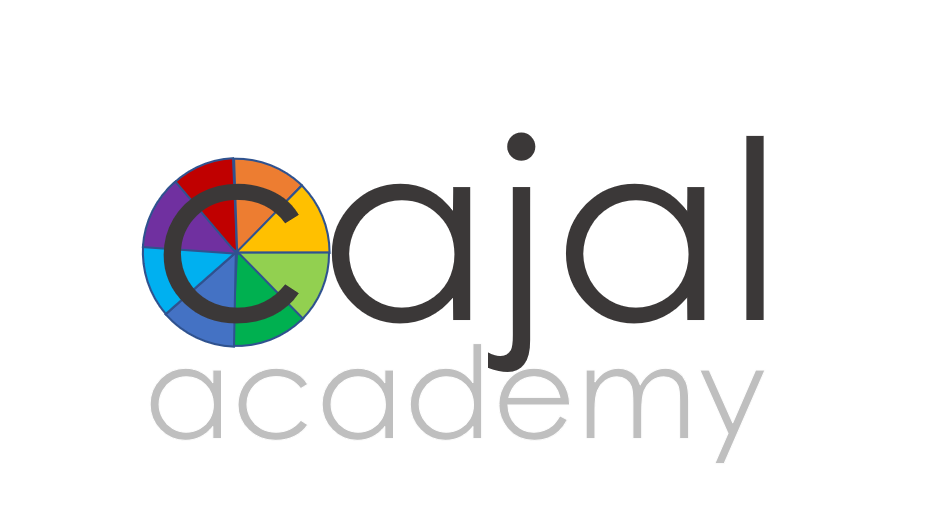Taking the "Dis" OUT of "Disability"
It’s time for a (r)evolution in how we understand learning and social “disabilities”
Up until 20-30 years ago, scientists thought that children's brains did not change after childhood. It turns out they were wrong.
With the development of the functional MRI machine several decades ago, scientists learned that in fact, the human brain is constantly rewiring itself until the day you die, creating new neural connections and increasing the capacity required to do a given cognitive skill as it is called upon to do new things.
Rewiring children’s neuropsychological profiles
This scientific principle has huge implications for education. Most fundamentally, what we can do today doesn't have to limit what we can do--or who we can be--tomorrow. Reading, writing, executive function and even social interactions each require a complex combination of discrete neurocognitive and neurophysio skills. Thus, the first step in overcoming challenges carrying diagnoses like dyslexia, ADHD, dysgraphia and more is to break those “disabilities” down into a series of “Not Yet Skills”—meaning, skills that the child has not yet developed—and then using targeted interventions to build up those splinter skills one at a time
At Cajal Academy, we are redefining what’s possible by applying this science to close the gaps in children's neuropsychological profile that interfere with their learning across a range of academic, social and emotional functions. This ground-breaking approach removes children’s “disabilities”—not just accommodating them—by “rewiring the brain” to perform those specific neurocognitive skills that are required to engage in integrated tasks like reading, writing and social interaction.
Changing lives by turning disabilities into new abilities
This has real, on-the-ground impacts for the children we serve. Many of our students have very "jagged" neuropsychological profiles, with gulfs as high as 50-90 percentile points between their strengths and weaknesses. This leaves them unable to predict which activities will be so easy as to not be worthwhile, and which will be impenetrably difficult. The result is that they tend to settle into a state of hypervigilance to failure, and may become resistant to participating at all.
We help children to understand this cycle and their own unique learning profile--and then take this a step further, by applying the science to build up those low-lying skills. Coaching to help students build a growth mindset and learn how to have agency over their learning, social-emotional and physio experiences is integrated into our academic and social curricula. This is supported by a community-wide understanding of our difficulties as “Not Yet Skills,” and direct instruction in how to understand both our own actions and those of our peers through the lens of our individual strengths and weaknesses.
This is a complex and multi-disciplinary process. Drawing on decades of experience in neuropsychological research and practice at three of the world’s top medical schools, our Neuropsychologist and Director of Research, Dr. Steven Mattis, identifies the cross-cutting neurocognitive skills driving a child's challenges across a range of settings. Our occupational therapy team then devises a very strategically-scaffolded program of interventions to gradually increase the neural network that the child needs to perform those skills.
Equally important, we teach the kids the science behind this process, giving them a rational basis to believe that change is possible and thus an authentic growth mindset. You can read more about our groundbreaking approach here.
Join an upcoming Information Session to learn more about this and other innovative aspects of our program, contact us to find out whether Cajal might be a good fit for your child, or support our work to revolutionize education by redefining what’s possible through a donation or by volunteering your services.

